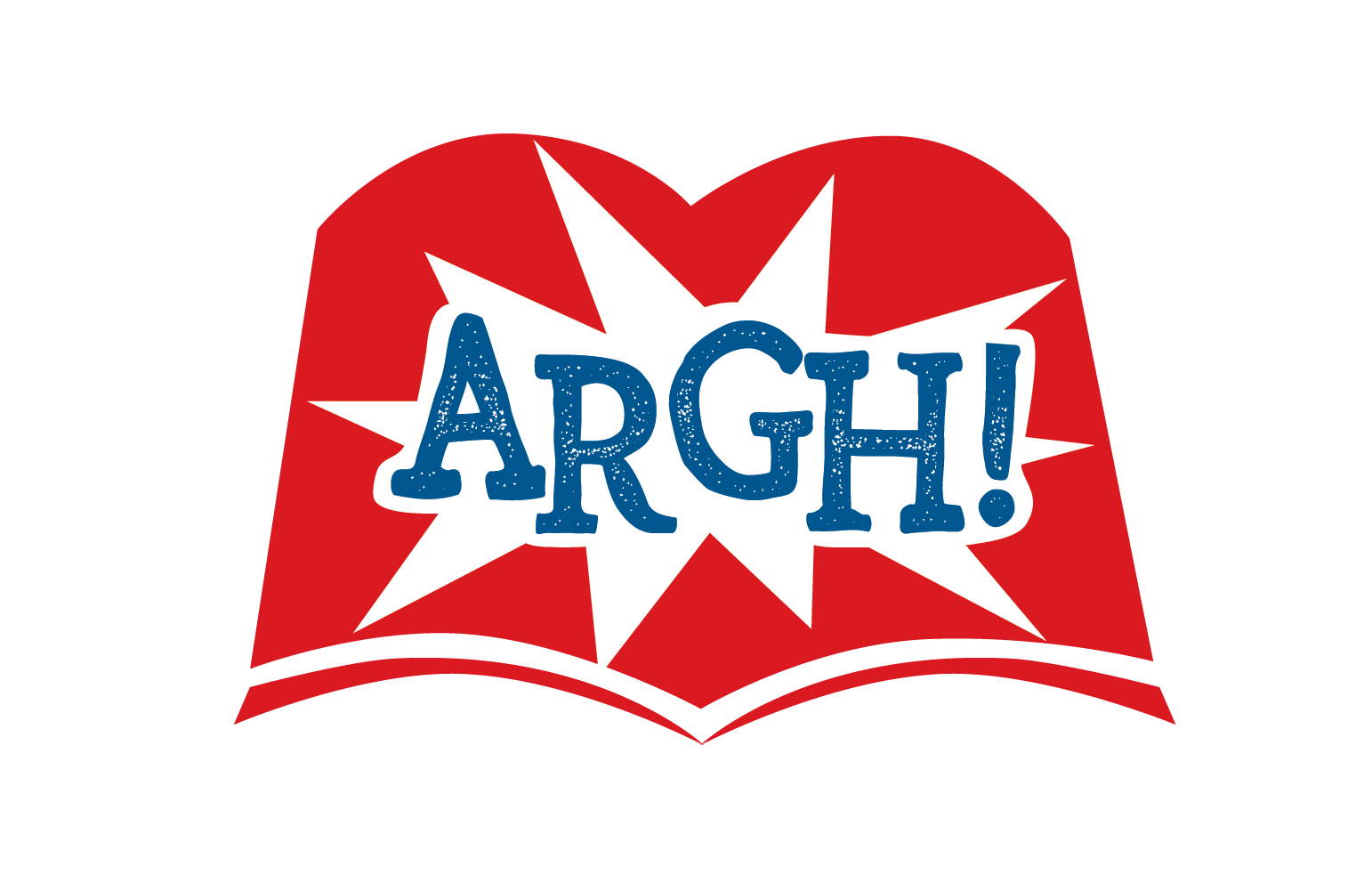
Job Cost Sheet Guide for Better Project Cost Tracking
It is easy when invoicing to underestimate the time worked on a project. Job costing can keep track of the hours gross pay vs net pay worked and ensure you get paid for all your hard work. As you start to incur costs on the job, you’ll keep track of them in the “Cost to Date” cells. Cost codes are unique numerical identifiers that help you keep track of specific costs within specific categories. This way, you can consistently allocate expenses across multiple jobs.
Join teams at companies such as Avis, Nestle and Siemens who are using our tool to succeed. When comparing job costing and activity-based costing, job costing is typically simpler and suitable for many businesses while ABC used a refined approach based on activities. While activity-based coaching is more accurate, it requires more effort to implement and maintain over time.
Certain types of projects may be easier to track using one over the other but consider trying out both and seeing which works better for you. And any other details to distinguish it from another project are also important to include. Kenneth W. Boyd has 30 years of experience in accounting and financial services.
What is the role of a job cost sheet in determining product pricing?
It’s impossible to include everything you need in one template, so here are just a few more best practices to keep in mind as you’re job costing projects. Our job costing template is designed to work for most small-to-midsize contractors. Depending on your business’s unique situation, you may need something more robust, but this simple template will be enough if you’re just starting out. The wood is carefully selected for the guitar and the costs are recorded on the job cost sheet.
FAQs on Job Cost Sheet
- By integrating your job costing system into your company’s general ledger, you can make sure your revenue and costs match up with your income statement.
- Job costing tracks and analyzes all project costs which helps with accurate cost tracking.
- Document and provide a breakdown of all project costs using job cost sheet templates you can download for free.
- You can use this template of a cost sheet to create one according to your needs from the cost sheet.
Job costing is often used to help estimate costs on a project, but also to help track the project to ensure that there’s no overspending. This is done through the job costing technique of comparing the planned costs against the actual costs. If a project is going over budget, then either the scope or the time must be adjusted unless additional funding can be secured. A job cost sheet lists every cost you’ve incurred for a particular job.
Accounting Software vs Spreadsheets: Which is Best for Your Business?
When a project is planned on a Gantt, set a baseline to capture your planned costs and compare them to actual costs in real time so you can track your expenses and keep to your budget. By looking back at past estimates and comparing them to actual costs, you can make more accurate estimates when planning for a similar project. Job costing can help managers identify inefficiencies and excess costs that can be addressed by automating work or allocating resources better. The job cost sheet may additionally show subtotals of the expenses for allocated overhead, direct materials, and direct labor, depending on how it is formatted. The sheet also determines the job’s final profit or loss by deducting all accumulated costs from the total of all customer billings. It’s a methodology for delivering a project and costs are one of the most important aspects of that management.
This section typically involves a description of the overhead costs, allocation bias and rate, breakdown of overhead and the total overhead cost. The customized detail of each job cost sheet can help determine profit margins, future budgets, progress, productivity and cash flow. Both direct costs and indirect costs are considered throughout the completion of a project, allowing for an accurate total cost and overall budget. A construction job cost sheet can help to account for the various costs in a project, keeping your expenses orderly. At its core, job costing is all about continuous learning and improvement. The goal here is to use the data you’ve gathered to learn from any mistakes and create more competitive, profitable project estimates in the future.
Job Cost Sheet
- The customized detail of each job cost sheet can help determine profit margins, future budgets, progress, productivity and cash flow.
- If the project is large and long-term, contract costing is preferred as it considers the unique challenges of revenue recognition and potential losses or profits.
- That’s five people at $100 a day per person, with a duration of three days to make the hole.
- The indirect cost calculation (vehicle and equipment costs) uses the actual quantity (miles driven) and the estimated rate per mile.
- This is essential to ensure that you are making a profit from each job.
Your budget is $20000, but thanks to the job cost sheet, you realize that your crew has the talent for burning through materials like they’re free samples. Benefits of using a costing sheet include that they show the product’s production cost overall as well as the unit costs. In terms of manufacturing, they can help keep product costs under control. They also help develop product policy and aid in the decision-making on product pricing.
It enables businesses to make informed decisions and improve their overall financial performance. Subcontractor costs are those incurred by a general contractor when they hire external companies or individuals to execute certain parts of the construction project. These may include things like labor costs, materials provided to the subcontractor, equipment costs or overhead costs like legal fees or project 5 things you need to know about cleaning business taxes for your llc management fees.
To better understand job costing, let’s move from the abstract to a practical example. We’ll make up a simple construction job, say, Acme Construction, which has been hired to dig a hole and lay the concrete for the foundation of a building. These overhead costs typically include utilities, insurance, permits and administrative expenses. This section lists all the materials and supplies used for the project. A job cost sheet is typically used by project managers, accountants, contractors and stakeholders.
In extremely simple terms, a cost sheet is a record or an inventory for a work that is in progress to meet an order that has been placed by a customer. A cost sheet is maintained for every job that is performed to meet the order. Costs are recorded for direct materials, direct labor, and the manufacturing overhead that is involved in performing the process. Depending on what job the company undertakes and what the requirements of the job are, the cost sheet template that is used may be modified. The importance of a cost sheet is manifold as it allows the employer to accurately determine the different costs involved in the process of production. One of the main costs that can be so determined is the time spent in labor and which employee worked for how long, which enables correct calculation for accounting purposes.
Create a total for all the costs by type from your project budget.
Here, the total project budget is broken down by floor, which is broken down further by labor, materials, subcontractors, and equipment. If you’re not organized, you’re not going to be able to job cost properly. When you open up the template, you’ll notice a place to record the date, job name, and job number. You can also rename each individual spreadsheet what is the difference, between the accounts rent receivable and rent revenue at the bottom of your screen (we recommend using the job number here to keep things simple). Keep reading for a step-by-step tutorial on how to use our job costing spreadsheet template.
Depending on the format, it may include subtotals for direct materials, direct labor, and allocated overhead. Additionally, the sheet calculates the final profit or loss on the job by deducting compiled costs from total billings to the customer. If you’re ready to cut out the manual work and see your project budgets in real time, check out CrewCost’s accounting and job costing software. It’s specifically built for a construction company’s workflows and brings accounting, job costing and time tracking all into one platform. With easy to read dashboards and reports you’ll have no trouble tracking your metrics in real time.
Companies that use a job order cost accounting system try to segregate costs by job to see how much each product or job lot costs to make. In other words, they want to know what the unit price is per product produced. In order to figure out how much each unit costs, to produce, the company has to track the work that was done to each product before it was completed. Use this free estimate template to record the customer’s name and contact details, project description, itemized costs, labor charges, and taxes. Also, add notes and signature blocks for the customer to sign off on the estimate. Job costing is used when each job has unique characteristics and jobs need to be tracked individually.
A cost sheet also allows the accountant of a company to keep track of the costs involved in the job as it analyzes cash flow. Now that you know how such a cost sheet is drafted, you will definitely be able to format one for yourself without any difficulty. To streamline a job cost sheet, download our free job cost sheet template. This is a versatile template that provides a structured framework for tracking and managing the expenses tied to a specific project or job.
